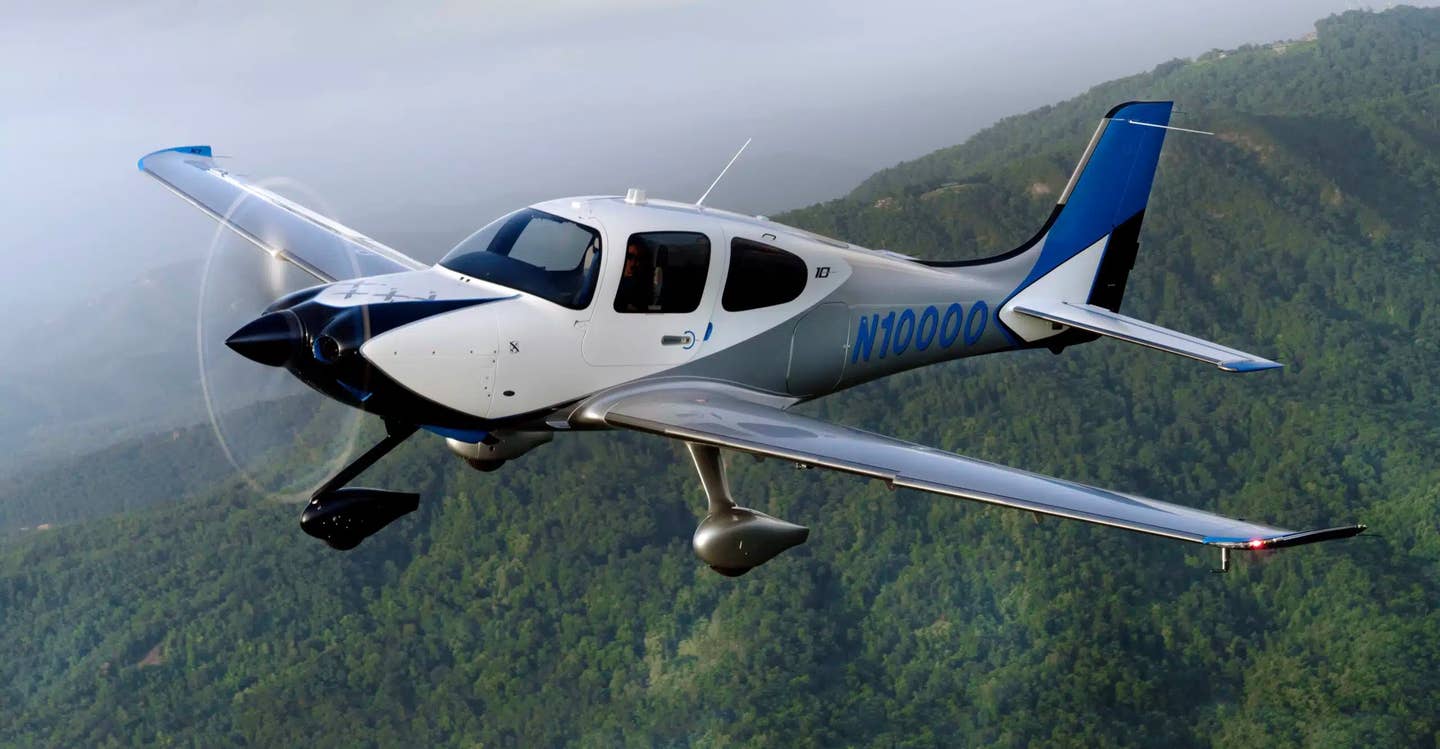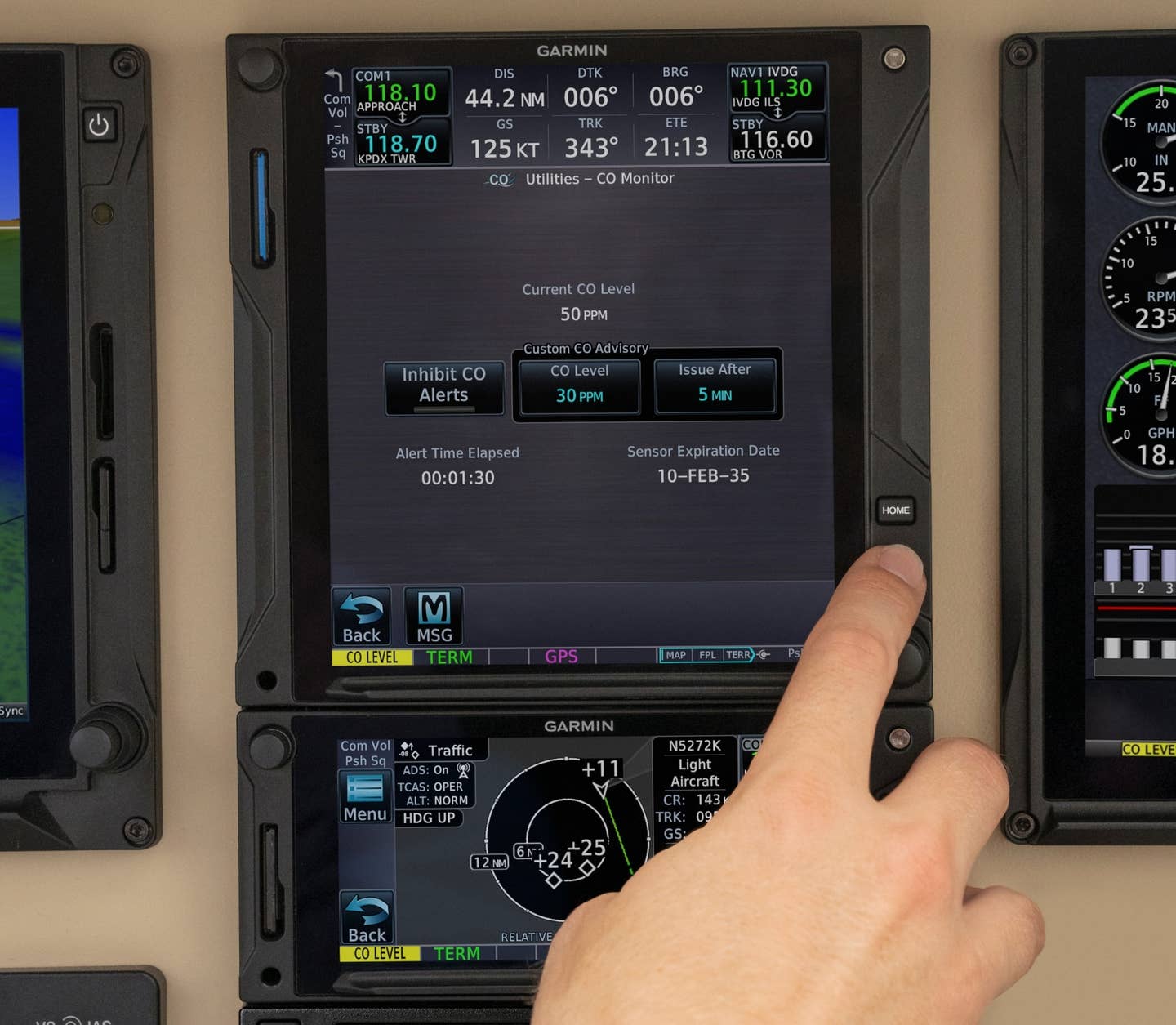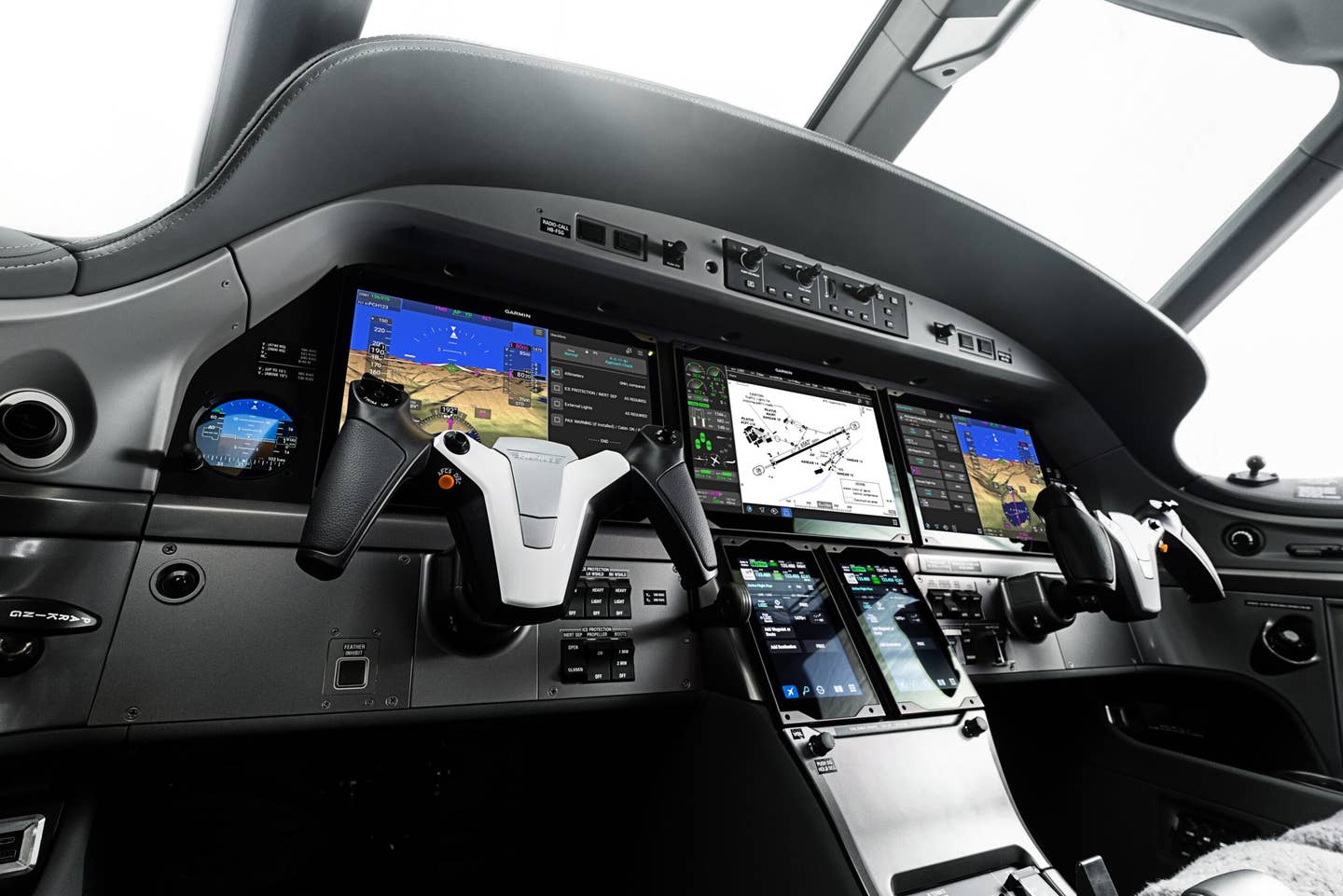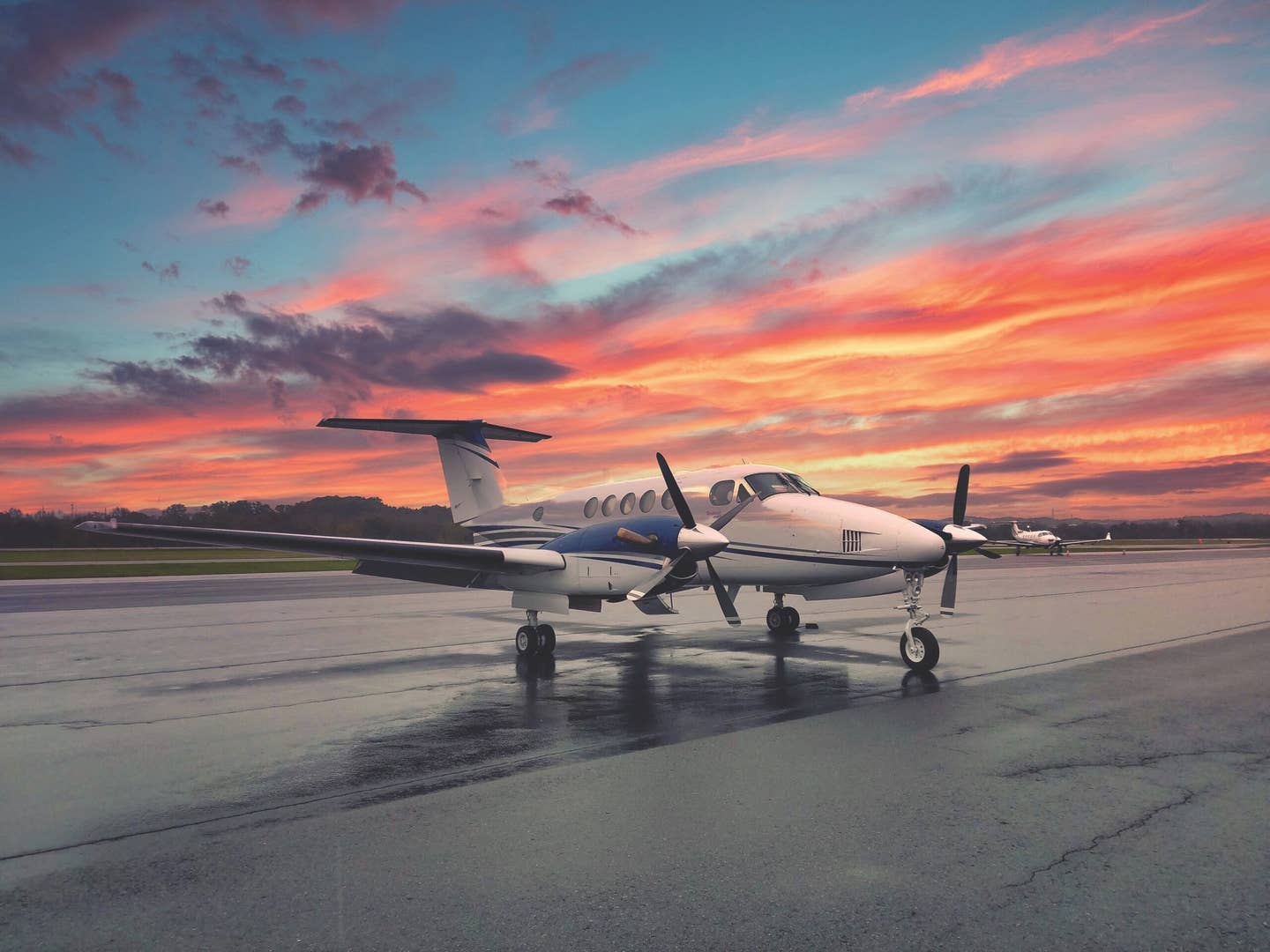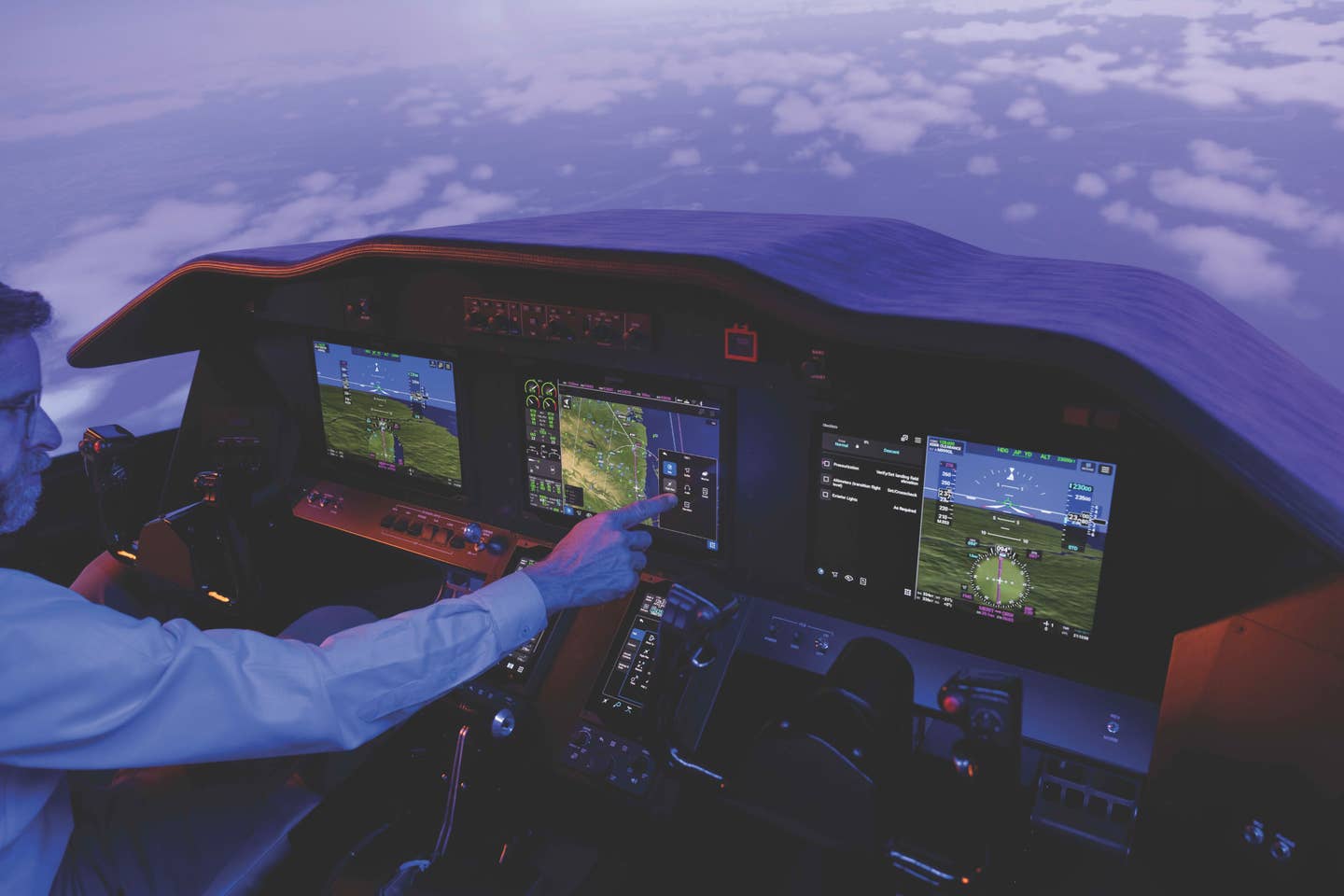Panel Planner 101: Approachable, Modern Utility
For fair-weather flying and practicing approaches, drop-in uAvionix instruments and a Garmin GPS add just enough utility without breaking the budget.
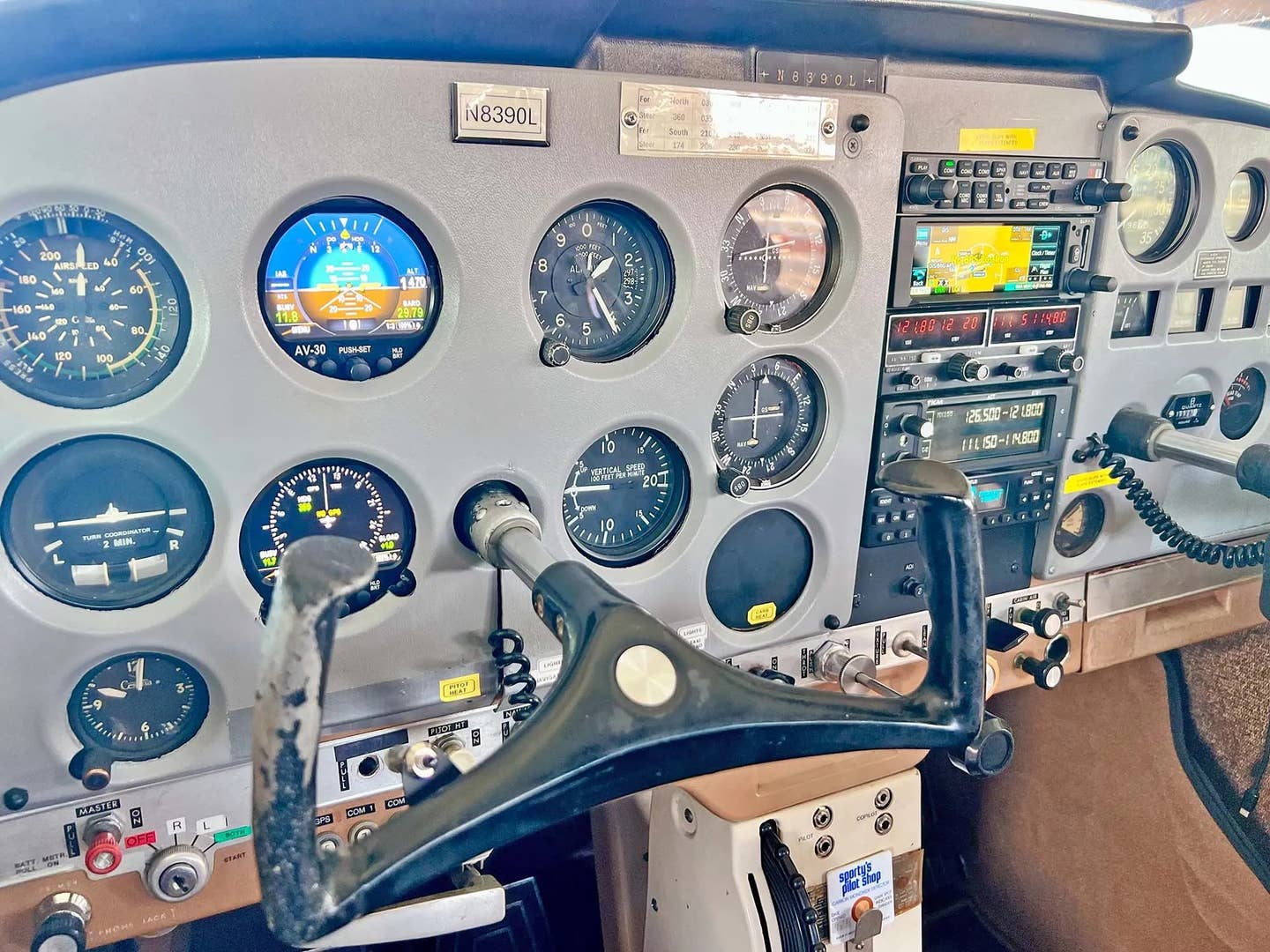
The plastic panel overlay on this Skyhawk was in good shape, making the decision to drop in a couple of uAvionix AV-30 flight displays even easier. No need to modify the plastic to make them fit. [Aviation Consumer photo]
This month’s panel for planning comes from an active flying club that’s lucky enough to operate in a region where it’s hardly ever IFR conditions. But when it was time to inject some modern capabilities to one of its older Cessna Skyhawks (a 1968 L model), the club wanted the ability to at least practice GPS approaches, while getting a taste of electronic flight instruments.
Of course, the airplane sported original round-gauge instruments mostly left over from when it was new, but the radio stack had been incrementally upgraded over the years. That meant retaining some of the existing gear in hopes of saving some work and money.
One option for budget glass is the Garmin G5—one for attitude functions and the other for electronic heading. Since the Cessna had the original plastic panel overlay, that would mean modifying (cutting it) to accommodate the G5’s square bezel. Not a big deal, but definitely some effort. That left Garmin’s GI 275 round-format electronic instruments, which are drop-in without having to modify anything. The other option was a couple of uAvionix AV-30 electronic flight instruments.
After running the numbers, the pair of AV-30 instruments saved over $2,000 compared to the Garmin option.
There is no need for the vacuum system any longer since the AV-30 (with battery backup) is electronic, and the STC gives the green light for removing the vacuum pump and the plumbing. That saves weight and clutter behind the panel. The club still needs to retain the airspeed, altimeter and vertical speed indicators in the Cessna, though pilots will be primarily focused on the supplementary ones on the AV-30s. The AV-30 plumbs into the existing pitot and static system for reference, although it has self-contained solid-state gyros for attitude and heading.
Hard-Working Stack
A new Garmin GPS 175 was the GPS navigator of choice and that was an easy decision because the club’s other airplanes are so equipped. While the GPS 175 doesn’t have a VHF nav receiver for shooting ILS approaches, the leftover KX155 radio does. Plus, most every practice approach would be an RNAV GPS—and the GPS 175 is equipped to do it.
If you’re wondering about that other digital nav/comm, it’s the TKM MX155 slide-in radio. The company went out of business, but the radio works well. Why not use it to save money and offer belt-and-suspender backup? For well under $20,000, this panel works well.
Editor’s Note: This article first appeared on Aviation Consumer.

Sign-up for newsletters & special offers!
Get the latest FLYING stories & special offers delivered directly to your inbox

